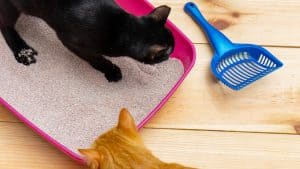Feral cats are domestic cats that have reverted to a wild state, usually after being abandoned or born in the wild. They can be more challenging to care for than traditional house cats.
When taking in a feral cat, a major question arises - can they be litter trained if they are not accustomed to using a litter box?
The good news is, yes, feral cats can learn to use a litter box with proper training and patience. However, it presents unique challenges compared to training a typical domesticated kitten.
Feral cats are not socialized to humans or indoor living. They may be fearful or skittish and unfamiliar with litter boxes.
This article will provide an overview of feral cats and their behaviors. Despite the difficulties, we’ll also give tips on how to litter train feral cats.
With the right approach, these wild cats can become loving, litter box-using pets.
Overview On Feral Cats
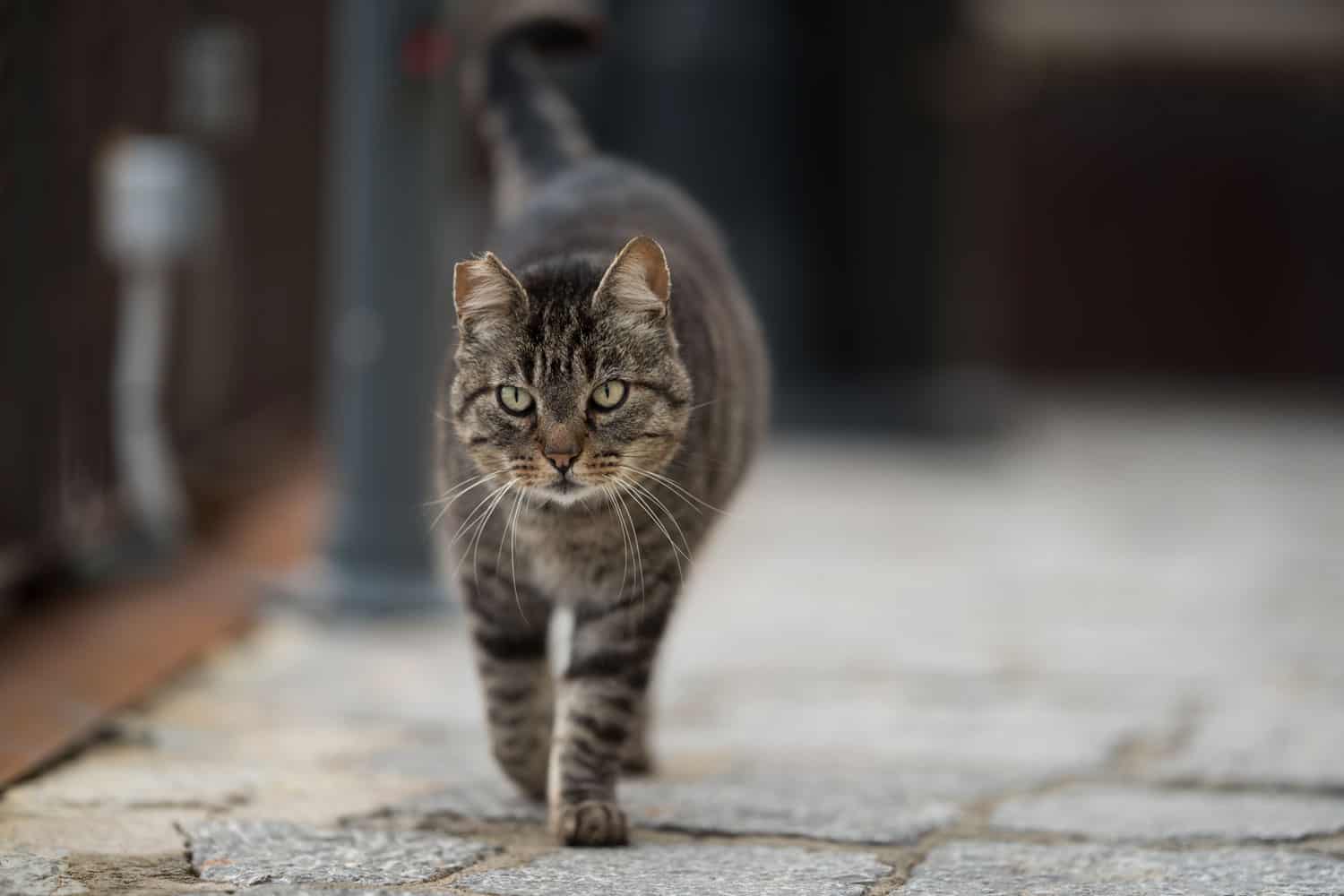
Feral cats are domestic cats that have adapted to living in the wild after being abandoned or straying from their homes.
They often form colonies around food sources in urban and suburban areas.
But did you know that with a little patience and care, you can help them adjust to living in a domestic environment?
Choosing the right litter is important when introducing a feral cat to a litter box.
Feral cats are sensitive to new, artificial smells, so choosing a natural, unscented litter that won't offend their nose is best.
And here's a pro tip: choosing a litter with a texture similar to the soil or sand they're used to eliminating can help them adjust to using a litter box even faster!
Providing multiple litter boxes in different locations can also help feral cats adapt to using a litter box.
Remember, with the right approach and a little patience, you can successfully train your new furry friend to use a litter box.
Feral Cats and Domestication
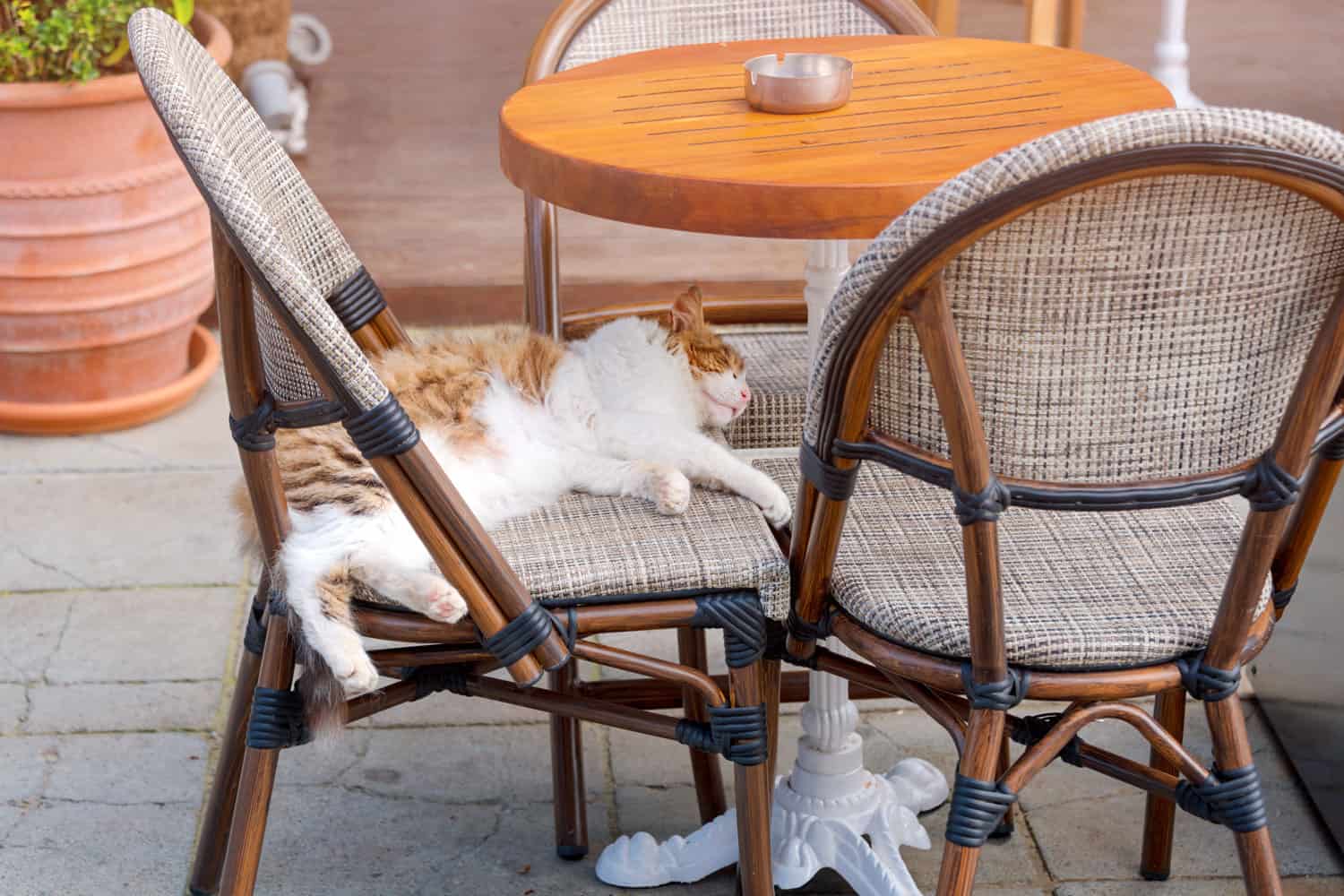
Feral cats are cats that have not been socialized or raised by humans.
They can be found in urban, suburban, and rural areas, living in colonies around food sources such as dumpsters or restaurants.
While they may be wary of humans, they're still a vital part of our ecosystem and can even make great pets with the right care and attention.
Socializing a feral cat with humans requires patience, time, and a gentle touch.
It can be a challenging but rewarding experience as you watch them slowly come out of their shell and learn to trust you.
Even if feral cats can't be fully domesticated, they can still be spayed or neutered to prevent overpopulation and improve their quality of life.
Feral cats are not to be feared but rather appreciated for their unique qualities and contribution to our world.
They can become loving companions and a cherished part of any family with love and care.
Litter Box Training: A Learned Behavior
Litter box training is essential to domesticating a feral or stray cat.
While feral cats may naturally be inclined to use the bathroom outdoors, they can be trained to use a litter box with patience and persistence.

Training Kittens
Kittens are the easiest to litter train, and it's best to start early at around 4 weeks old. Here are some tips for litter training feral kittens:
- Place the litter box in a quiet, easily accessible spot away from food and bedding. Avoid high-traffic areas.
- Use a box with low sides for easy entry/exit. A shallow pan or cardboard box works well.
- Choose a kitten-safe, unscented, non-clumping litter. Avoid scented or clumping litter.
- Gently place the kitten in the box after meals and naps. Scratch the litter to demonstrate digging.
- Be patient and consistent. Never punish accidents. Clean messes thoroughly.
- Praise and reward with treats when the kitten uses the box successfully.
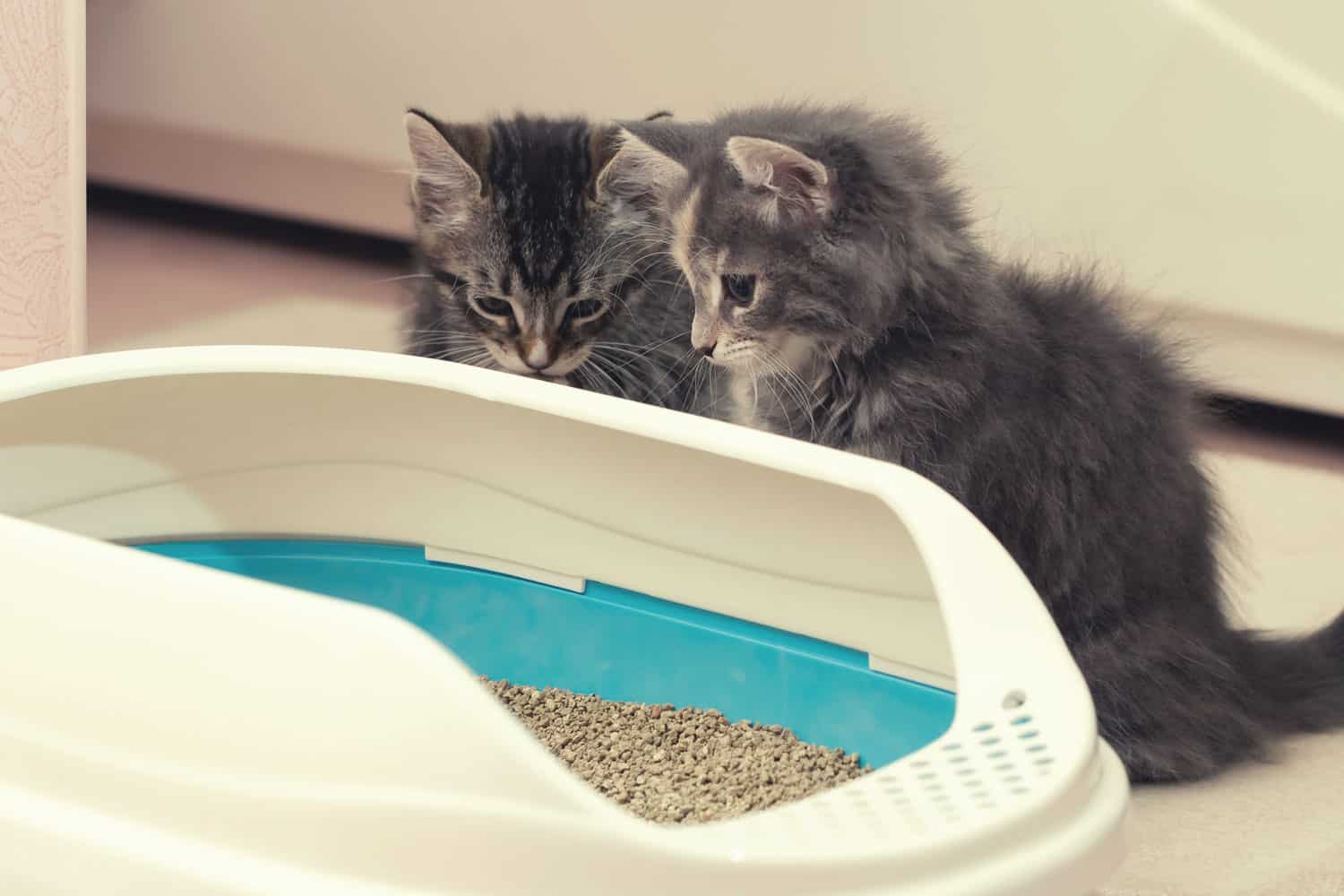
Training Adult Cats
Adult feral cats can also learn to use a litter box, requiring more patience and persistence. Tips for training adult feral cats:
- Start the litter box in an area where the cat has already been eliminated. Gradually move to a more central location.
- Use a bigger box so the cat can move around. Low sides are still helpful for entry/exit.
- Introduce cats to the box by placing them in and gently scratching the litter. Let them explore.
- Use the same consistent training schedule. Praise and reward all litter box use.
- Thoroughly clean all accidents. Avoid punishment. Be patient and remain positive.
With time and consistency using these training tips, feral cats of any age can successfully learn litter box use.
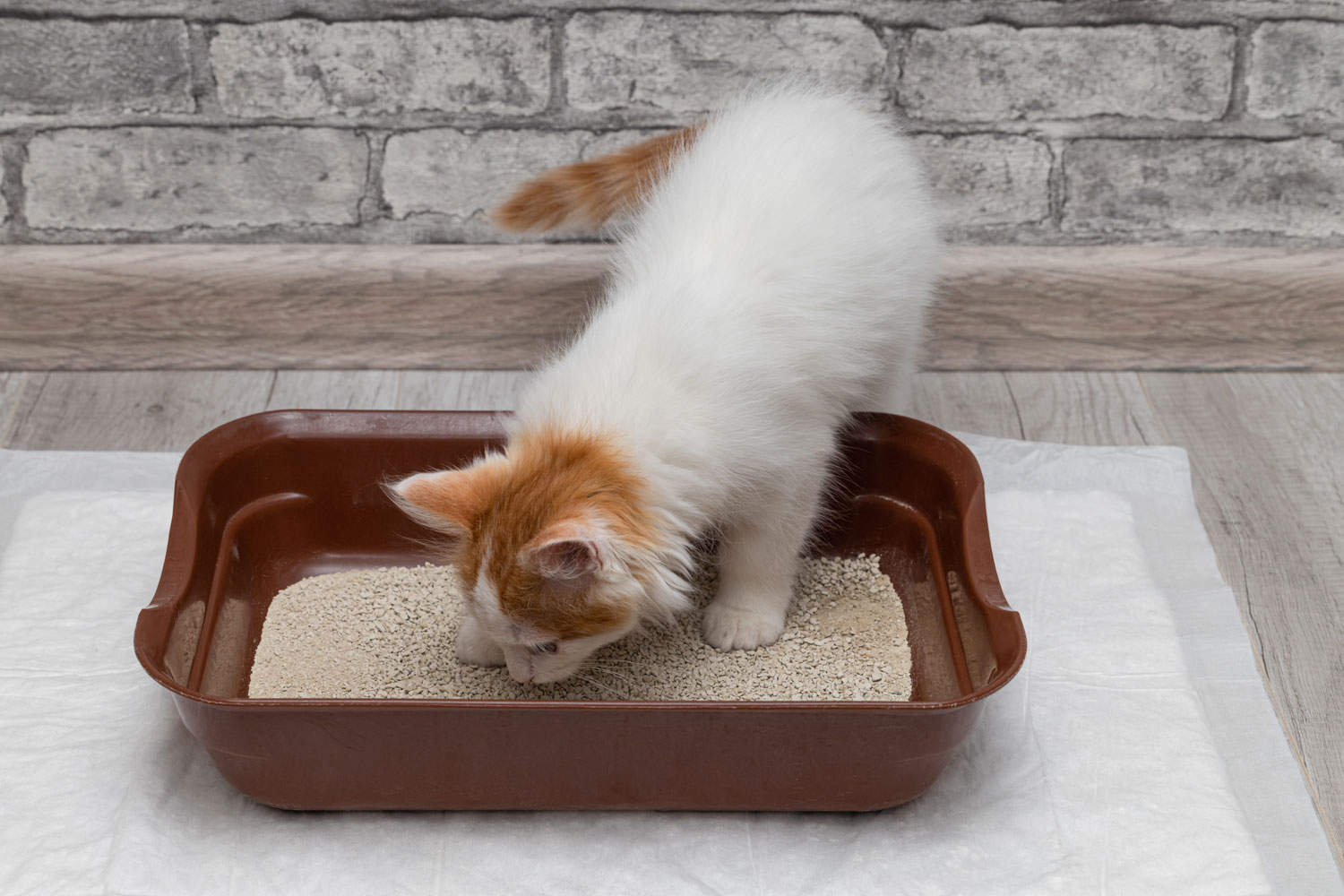
Read more: Will A Cat Use A Litter Box Without Litter? [Get The Inside Scoop]
Challenges in Litter Box Training Feral Cats
Litter box training feral cats can be a rewarding experience with the right approach.
With the right strategies and tips, you can overcome the challenges of training cats not accustomed to living in a home.
And successfully teach feral cats to use a litter box, helping them become beloved pets.
Behavioral Issues
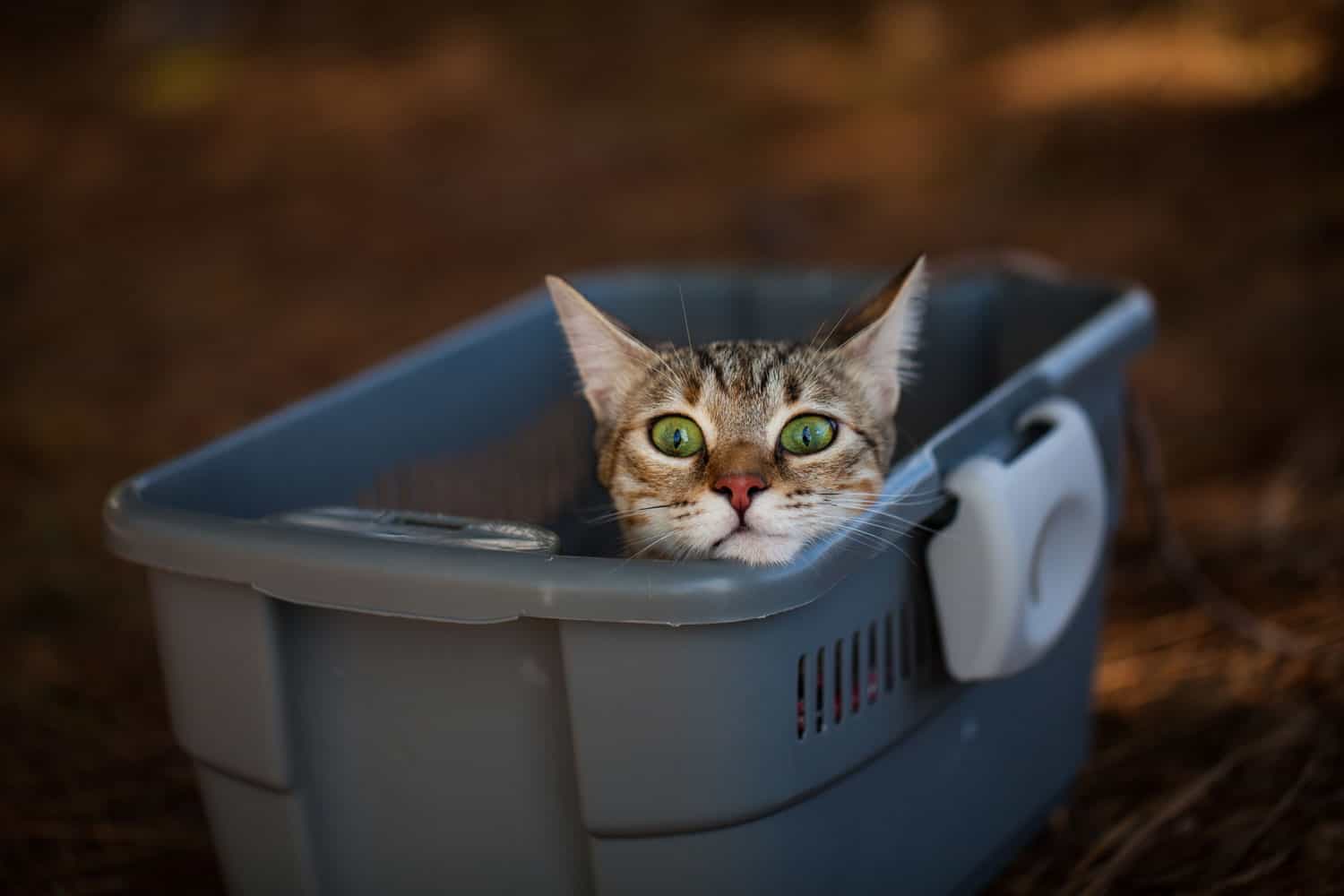
One of the most significant challenges in litter box training feral cats is dealing with their behavioral issues.
Feral cats are not socialized to humans and may be fearful.
Being patient and gentle with the cat is essential to overcome these behavioral issues.
Start by placing the litter box in a quiet, secluded area where the cat feels safe.
Gradually move the litter box to a more central location as the cat becomes more comfortable with its surroundings.
Health Issues
Feral cats may have underlying health conditions that make it difficult for them to use a litter box.
For example, cats with arthritis may find climbing into a litter box with high sides painful.
Choosing a litter box appropriate for the cat's needs is important to address these health issues.
A litter box with low sides or a ramp may be more comfortable for cats with mobility issues.
Additionally, it is essential to keep the litter box clean and free of any irritants that may aggravate the cat's health condition.
It is best to understand the challenges that arise during the process; cat owners can take steps to overcome them and help their feral cats successfully transition to using a litter box.
Alternatives to Litter Boxes for Feral Cats
Since feral cats are used to going outdoors, litter boxes may not be comfortable for them. Fortunately, you can use several alternatives to litter boxes for feral cats.
Dirt or Sand
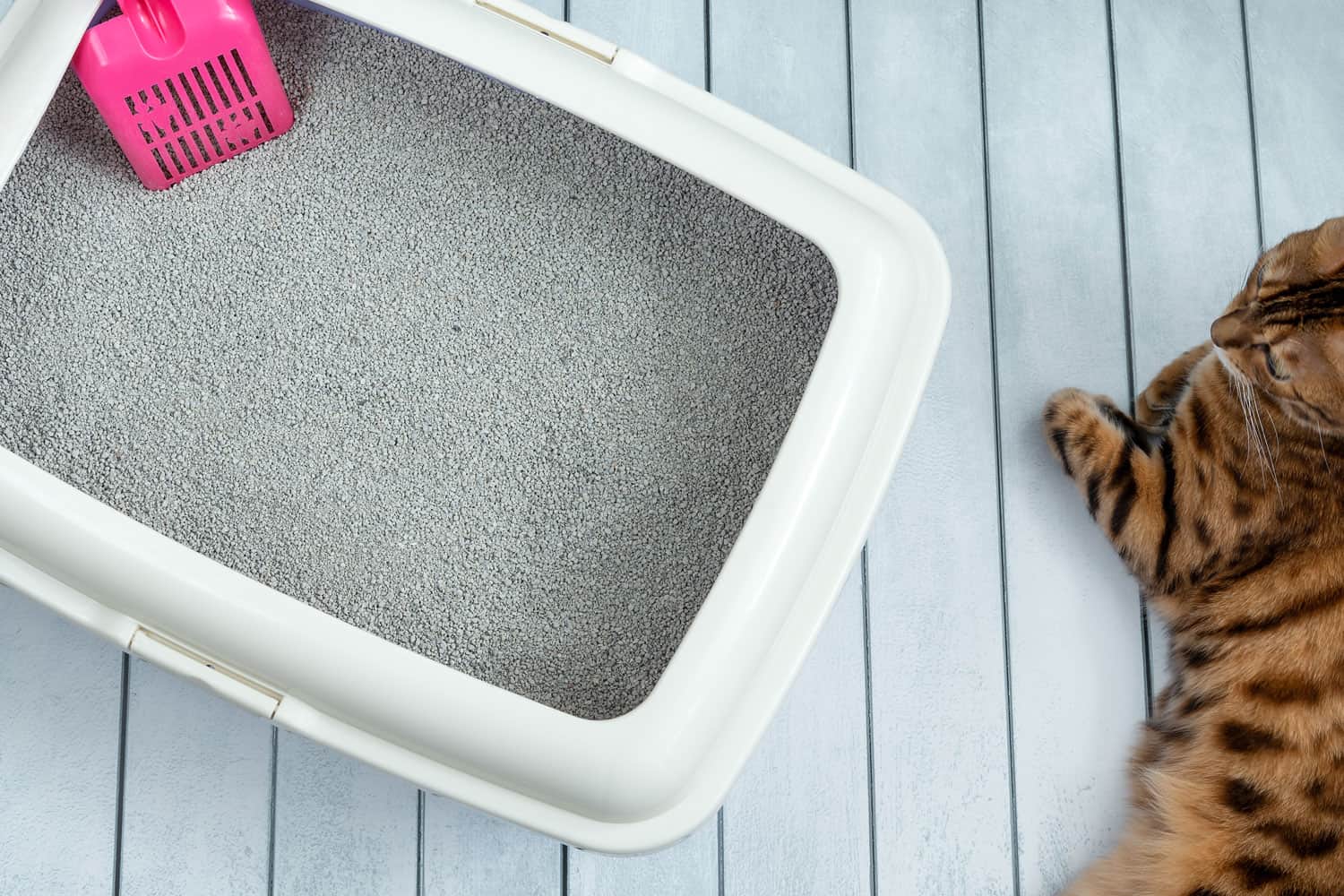
One alternative to a litter box is to provide a designated area with dirt or sand.
Feral cats are used to digging and burying their waste. Thus, they may prefer this option over a litter box.
The area should be easily accessible and away from the cats' eating and sleeping areas.
Covered Boxes
Covered boxes can be used to provide feral cats with a sense of privacy and security.
Make these from plastic storage containers by cutting a hole in the side for entry.
The box should be large enough for the cat to turn around in. It should also have a roof to keep out rain and snow.
Mulch or Leaves

This option is more natural and may be more appealing to feral cats.
The mulch or leaves can be placed in a designated area and should be changed regularly.
Planters
If you have planters on your property, consider adding a layer of sand or dirt to the bottom. This will create a designated area for the cats to use.
You can use several alternatives to litter boxes for feral cats.
You can help keep your property clean and reduce the spread of disease by providing a designated area for the cats to use.
Read more: How to Make a DIY Litter Box
Successfully Litter Training Feral Cats
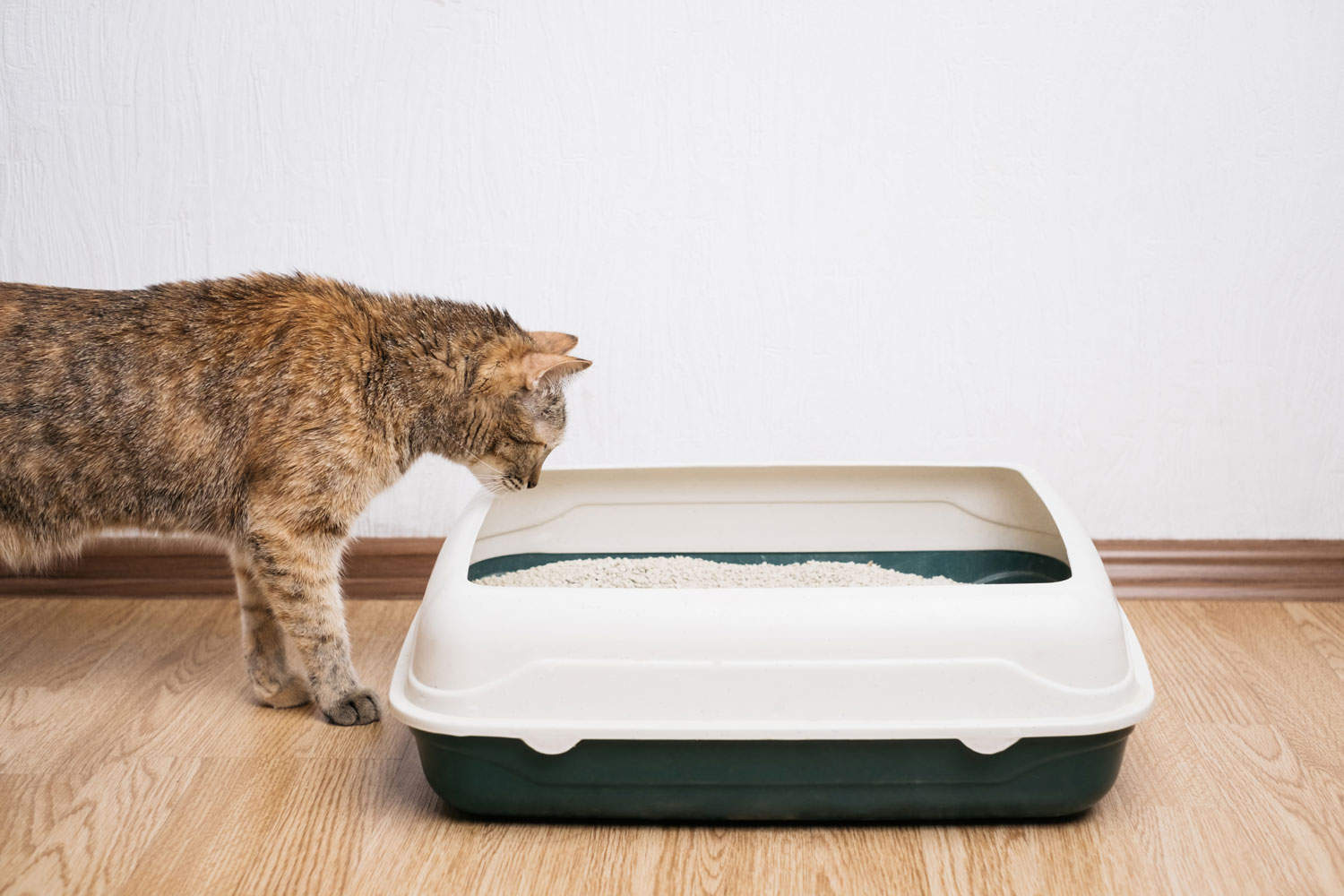
You can successfully litter-train feral cats with the right approach and tools and help them become loving companions.
Here are some final tips for litter training feral cats:
- Provide a safe, comfortable environment using natural, unscented litter that draws them in.
- Avoid artificial smells.
- Have patience and persist through challenges. It takes time for feral cats to adjust to domestic life.
- Give treats and affection when they use the litter box to reinforce the behavior positively.
- Start litter boxes in areas they have already eliminated, then gradually move to a permanent spot.
- Address any medical issues making litter box use difficult for the cat.
- Consider alternatives like dirt or low-entry boxes to ease the transition.
While litter training feral cats presents unique challenges, it is possible with an informed, dedicated approach. With time and care, these cats can thrive in their new home.


